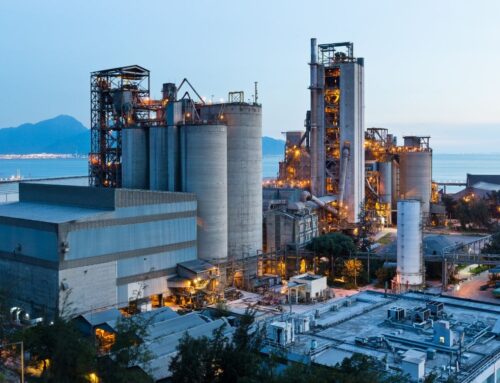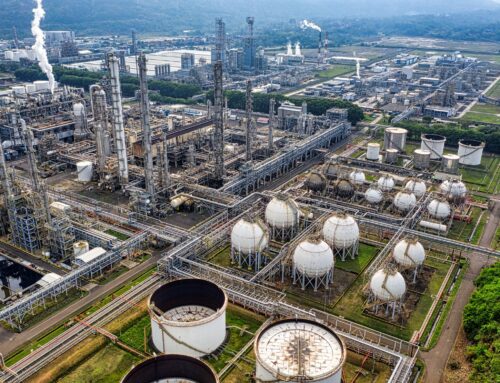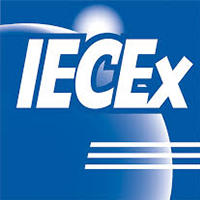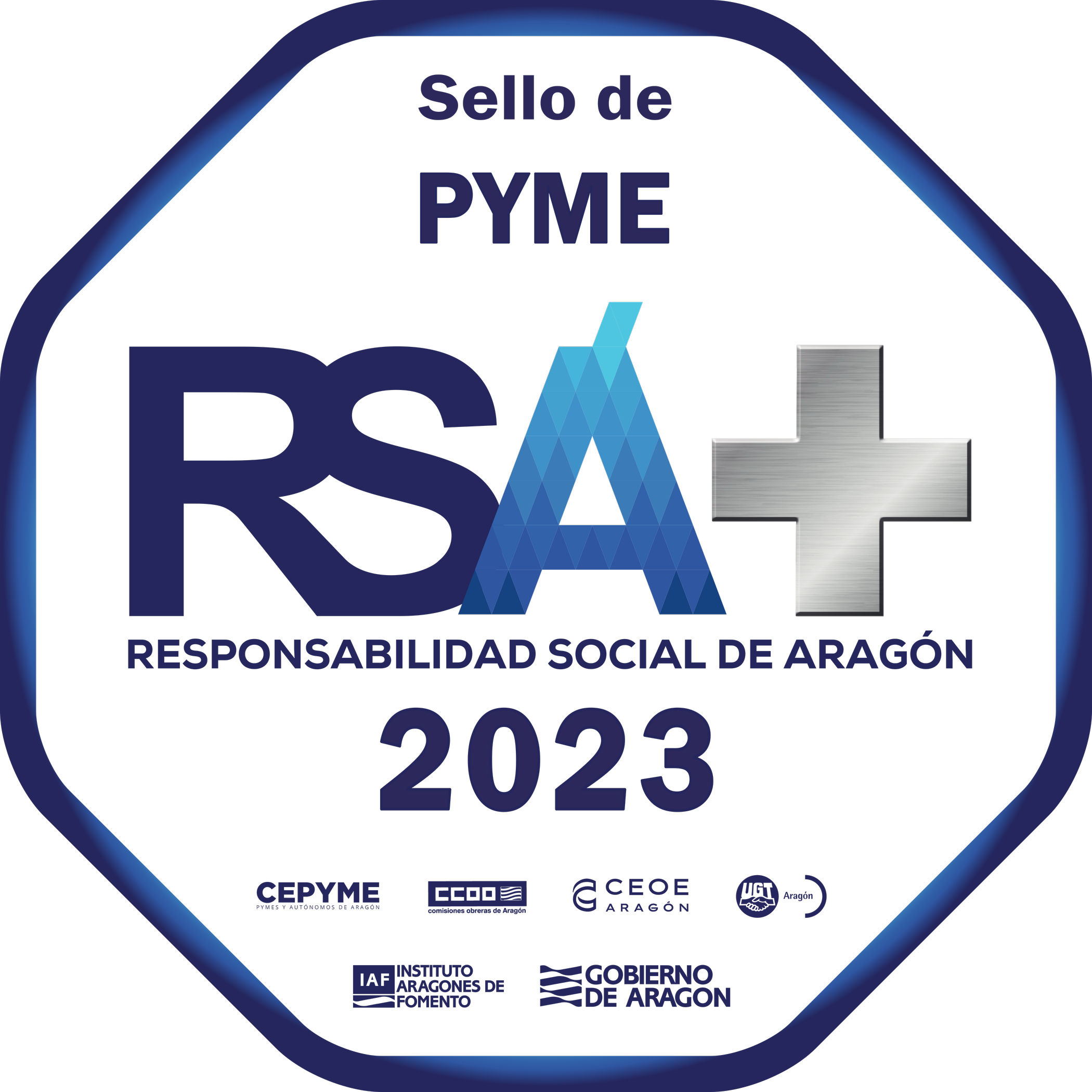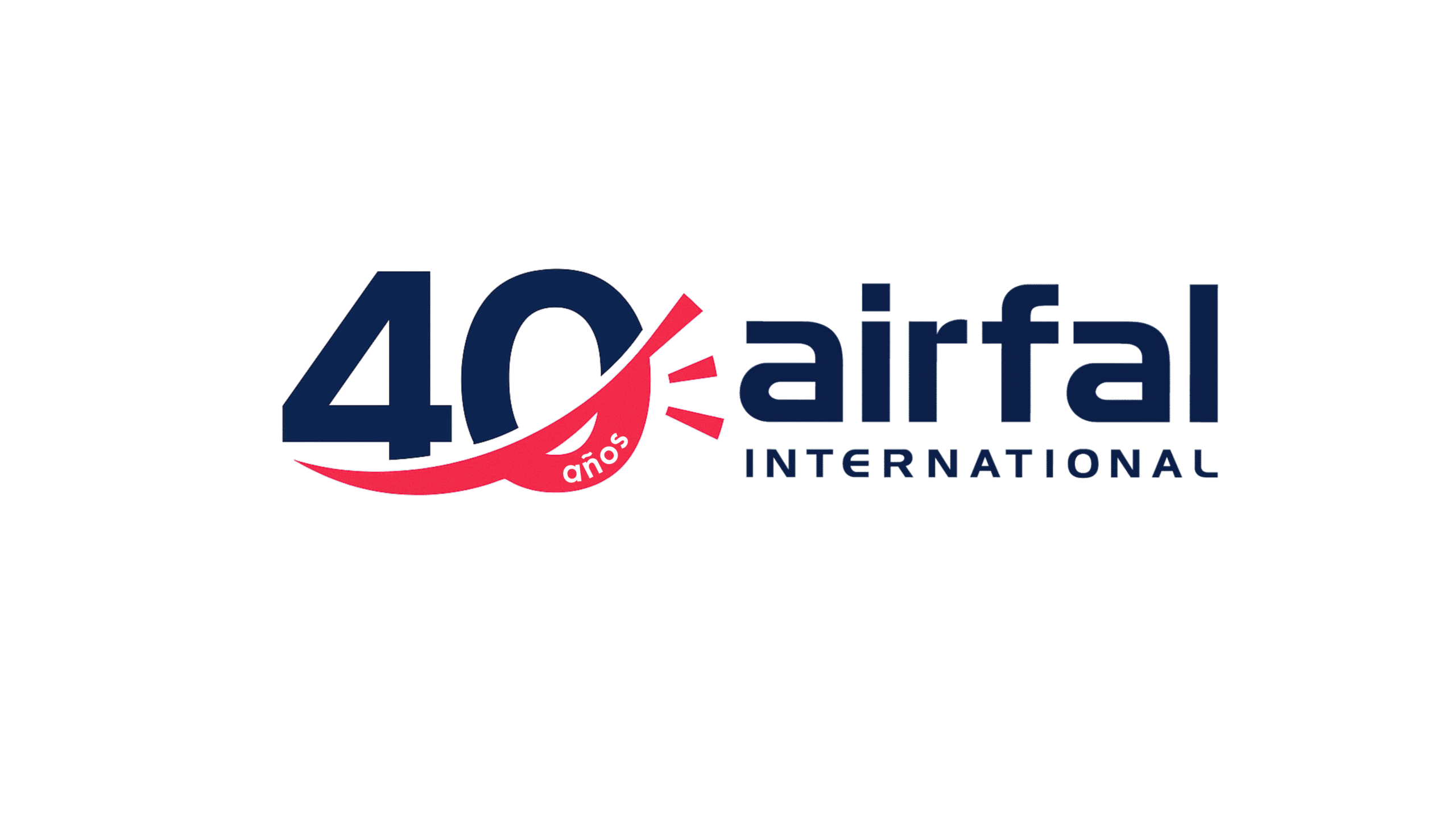When we talk about safety and efficiency in ATEX zones, we usually think of gases, explosions, or materials. But there is a silent factor, often overlooked, that can also compromise operations: light pollution.
This phenomenon not only affects the night sky or biodiversity. In industrial environments, poorly designed lighting can generate operational errors, risks to people, and technical failures, especially in explosive atmospheres.
In this article, we explain what light pollution is, how it impacts ATEX environments, and what you can do to reduce it.
WHAT IS LIGHT POLLUTION? 💡
Light pollution is the alteration of natural darkness caused by excessive, misdirected, or unnecessary artificial lighting. It manifests as:
-
Light intrusion: lighting that invades undesired areas
-
Glare: reduces visibility and contrast perception
-
Over-illumination: applying more light than needed
-
Skyglow: the well-known luminous “halo”
In industrial plants, especially outdoors, poor distribution and orientation of light sources can affect both the environment and technical operations.
⚠️ HOW DOES IT AFFECT AN ATEX INSTALLATION?
Although often overlooked, light pollution can have real consequences in industrial environments classified as explosion risk, both operationally and from a human and environmental perspective.
-
It compromises operational safety
Poorly oriented lighting points can create harsh shadows or glare, making it difficult to read signs or see equipment. In ATEX zones, where everything must be executed precisely, this increases the risk of human error and therefore accidents. -
It affects personnel health
Prolonged exposure to intense or poorly calibrated artificial light, especially at night, can disrupt circadian rhythms, increase fatigue, and reduce concentration. This directly impacts workers’ performance and safety. -
It interferes with systems and sensors
Poorly managed light can affect optical sensors, cameras, or machine vision systems, generating reading errors or monitoring failures. -
It complicates the perception of classified zones
Improper lighting can blur visual boundaries between ATEX and non-ATEX areas, affecting maintenance and HSE procedures. -
It impacts the environment
Excess light, or even its color temperature, affects nocturnal wildlife, alters ecosystems, and may contravene corporate or regional environmental policies. In facilities with ESG commitments or near protected areas—whether for environmental reasons or dark sky preservation—this factor may weigh heavily in HQSE audits. -
It represents energy waste
Uncontrolled over-illumination increases electricity consumption unnecessarily and limits access to incentives such as Energy Saving Certificates (ESCs).
📜 AND WHAT DOES THE REGULATION SAY?
Although there is not yet a specific regulation on light pollution in ATEX, there are relevant references to consider:
-
UNE-EN 12464-2: defines lighting levels by activity, minimum uniformity, and light distribution in outdoor workplaces.
-
IDAE Guide: establishes criteria on orientation, efficiency, and control of intrusive light.
-
Regional regulations (such as in Catalonia or Navarre): impose emission limits to the sky, considering the upward emission of a luminaire in relation to its installed position.
In the ATEX framework, even though light pollution is not explicitly mentioned, requirements include:
-
Avoiding conditions that generate indirect risks
-
Ensuring safe and well-controlled environments
-
Using certified equipment suitable for the type of zone
Therefore, poor lighting that induces errors or affects perception falls within the scope of risk prevention.
🔍 HOW TO REDUCE LIGHT POLLUTION IN ATEX INDUSTRIAL ENVIRONMENTS?
Reducing light pollution is not only feasible but also a sign of technical quality, energy efficiency, and environmental commitment.
-
Choose luminaires with suitable diffusers
Avoid luminaires that emit without control. Ensure that light is directed only where it is needed, with no leakage to the surroundings or the sky. -
Adapt intensity to actual use
Avoid over-illumination in transit or storage areas. Size the lighting according to risk level and actual activity. -
Apply sensors and time control
Integrate presence detectors or scheduling systems to adjust light flow as needed, avoiding unnecessary consumption and energy impact. -
Control light intrusion to the outside
Especially in facilities near roads, residential areas, or natural spaces/dark sky reserves. Limiting stray light also improves the company’s environmental image. -
Review lighting design as part of the ATEX strategy
It is not just about compliance. Well-designed lighting reduces risks, improves operations, and supports sustainability goals.
Incorporating light pollution control into technical decision-making improves operational safety, reduces consumption, protects personnel health, and strengthens environmental commitment.





